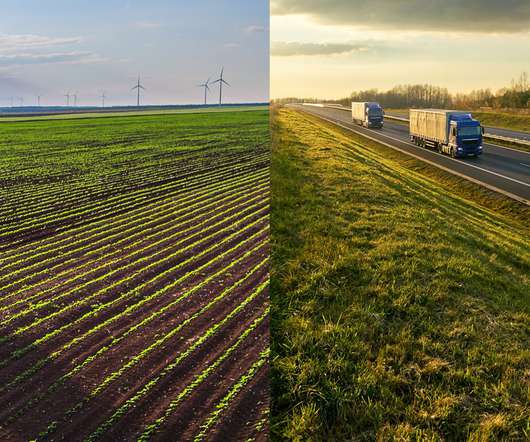This Week in Logistics News (December 7-11, 2015)
Talking Logistics
DECEMBER 11, 2015
Hundreds of Cafe Bustelo cans washed ashore in Florida this week. Source: Laurie Cus. October 2015 Freight Transportation Services Index (TSI). Further enhancements include strategic freight management, load and pallet building as well as resource planning integration for better visibility and planning of the container fleet.
















Let's personalize your content